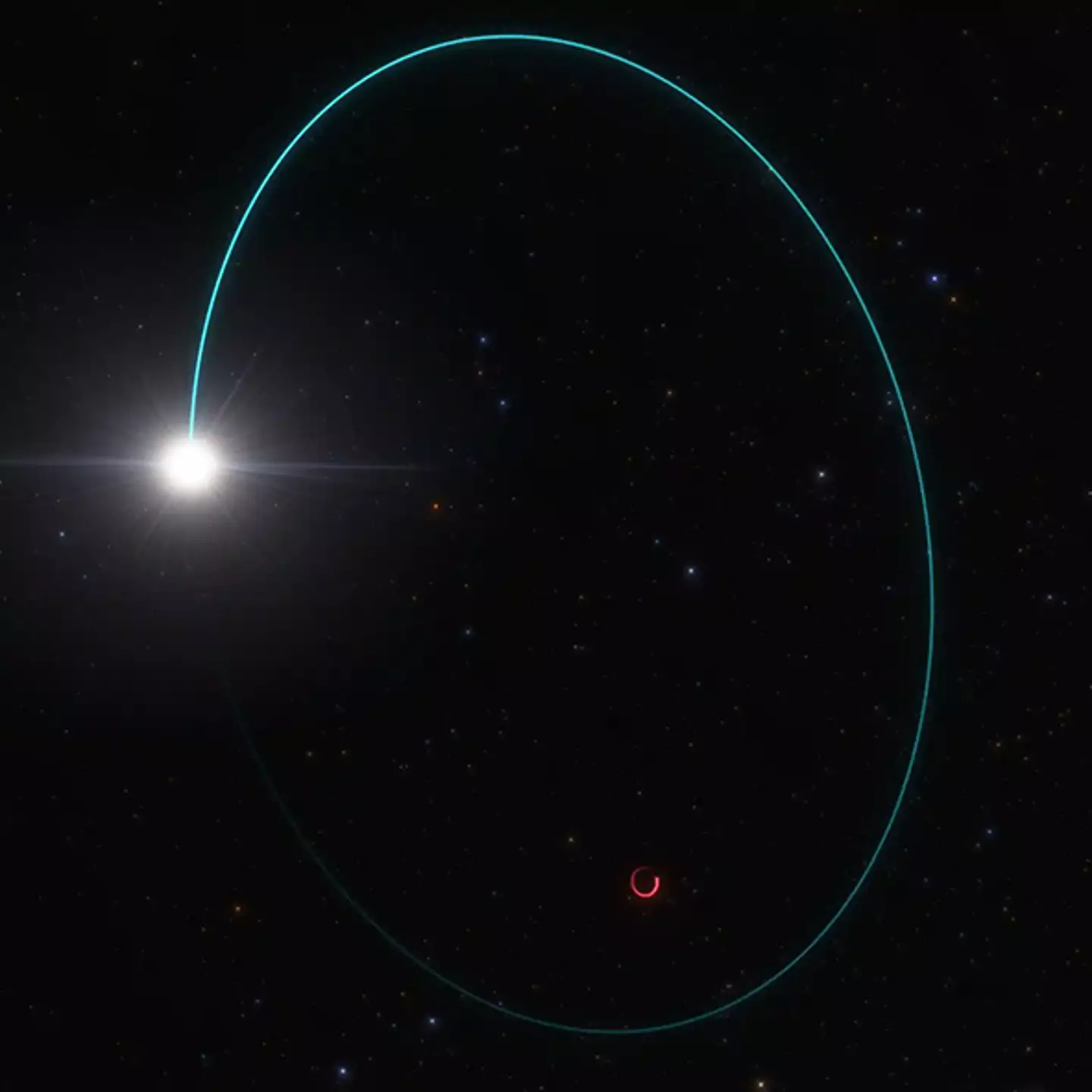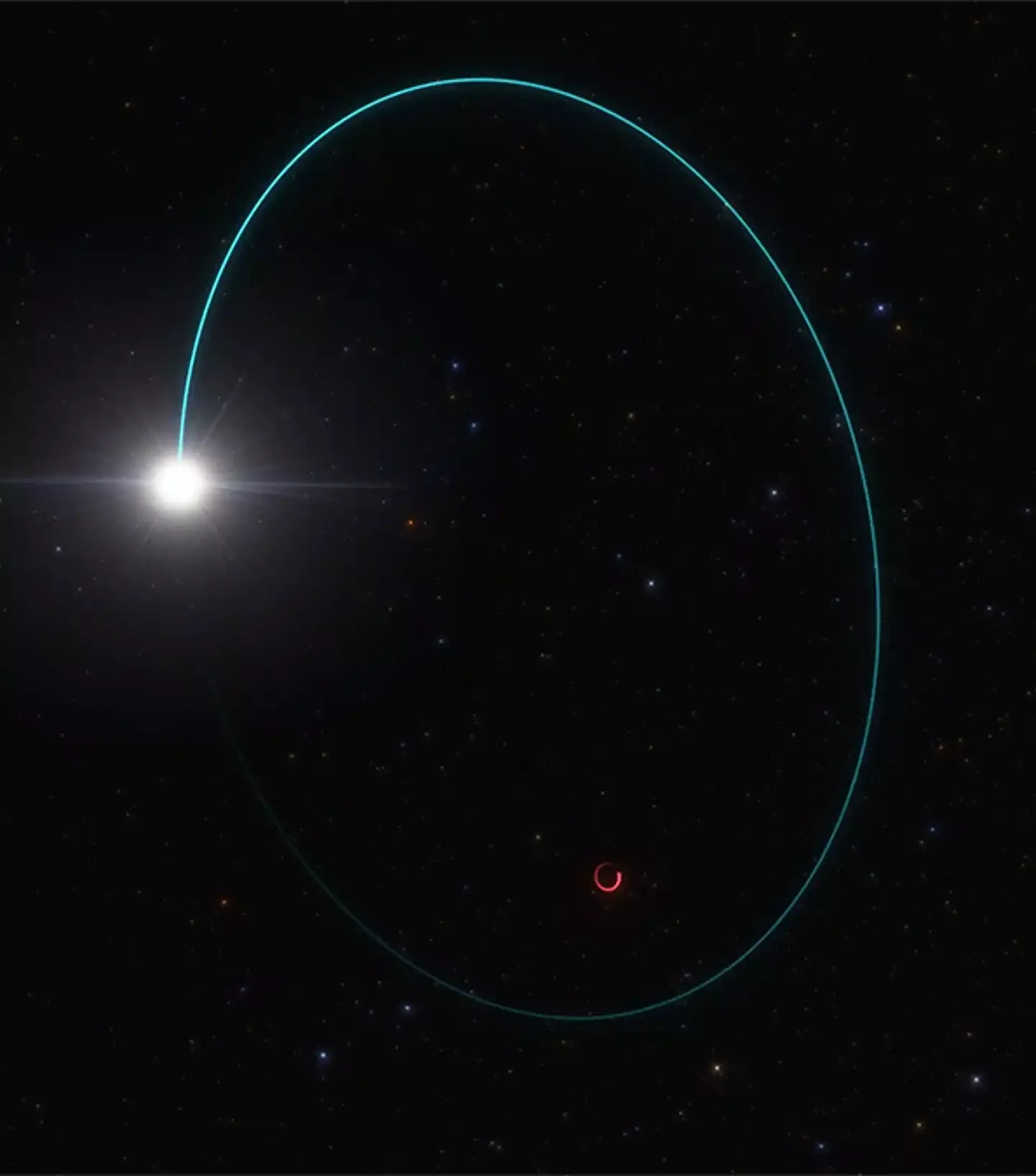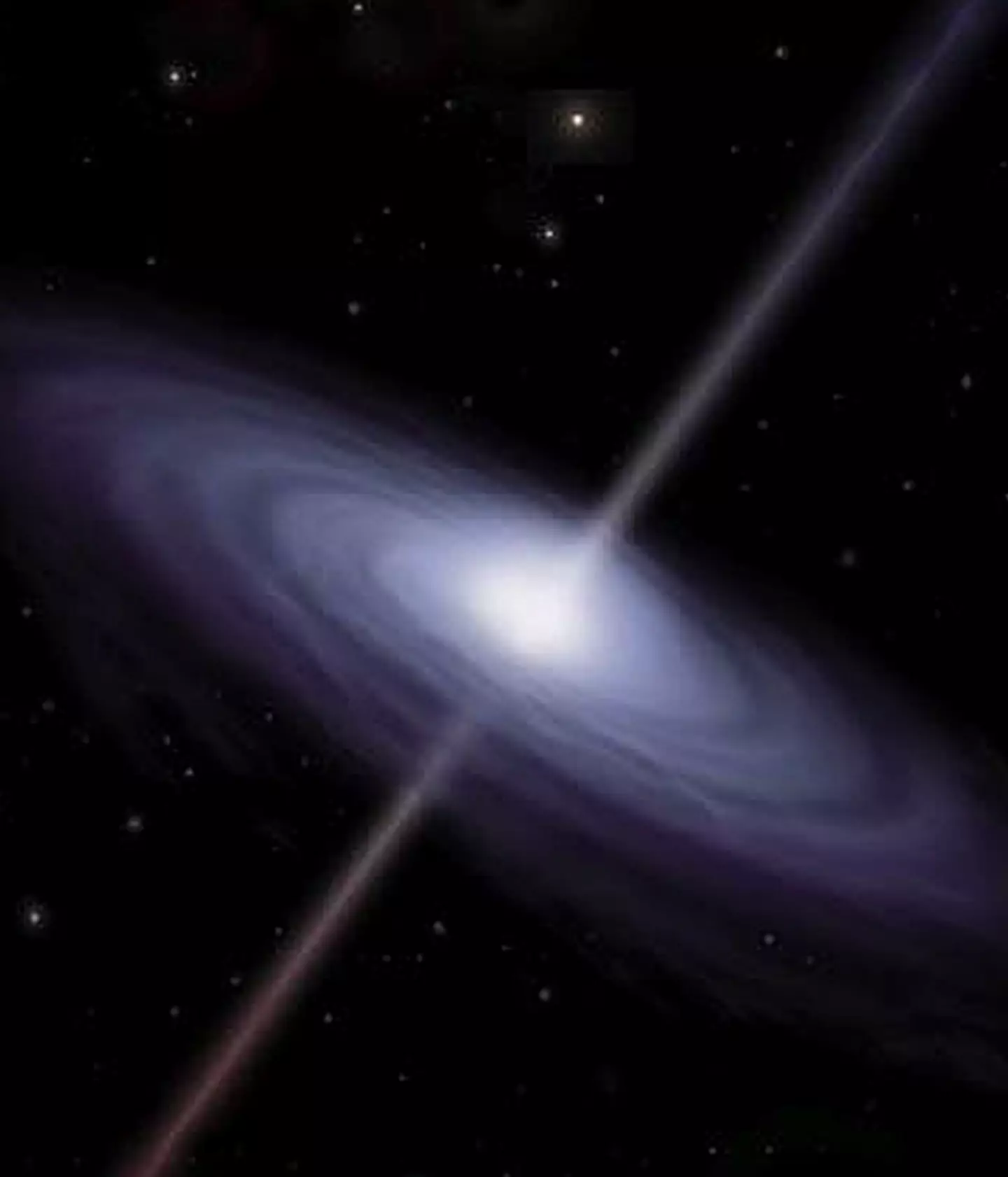
In January earlier this year, scientists discovered the oldest black hole ever recorded, dating back more than 13 billion years ago, i.e. the very early days of the universe.
Astronomers have now identified what could be the Milky Way's 'most massive' stellar black hole yet.
The absolute giant of a hole sits around 2,000 light years away from us and is 33 times bigger than the Sun.
'It’s a complete surprise,' said Dr. Pasquale Panuzzo, an astronomer and member of the Gaia project at the Observatoire de Paris.
Advert
'It is the most massive stellar origin black hole in our galaxy and the second nearest discovered so far.'

Scientists from the European Southern Observatory noticed the black hole after a star started acting strangely within the area. The star is now understood to be its companion.
Sitting in the 'Aquila' constellation, which means 'the eagle' in Latin, the black hole named Gaia BH3 is the second closest black hole to Earth.
'No one was expecting to find a high-mass black hole lurking nearby, undetected so far,' added Panuzzo.
A stellar black hole is formed when a star collapses at the end of its life. So far, the dozens that have been recorded over the years have only even weighed 10 times the mass of the Sun.
So, tripling this size is crazy-extraordinary, or in the words of Panuzzo: 'It’s a real unicorn.
'This is the kind of discovery you make once in your research life.'

The most famous black hole in our galaxy is Sagittarius A which has the combined mass of several million suns.
'Only the central black hole [Sagittarius A] in the Milky Way is more massive than this one,' Panuzzo said.
It sits at the heart of our galaxy and was formed, interestingly, from the collapse of vast clouds of dust and gas rather than a star.
'We have only seen black holes of this mass with gravitational waves in faraway galaxies. This makes the link between the stellar black holes we see in our galaxy and those gravitational wave discoveries,' concluded Panuzzo.
The discovery suggests many more black holes could be found in the next set of findings from the Milky Way-mapping Gaia space telescope at the end of 2025.